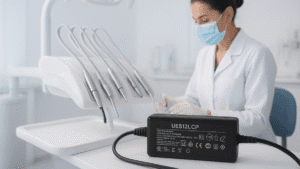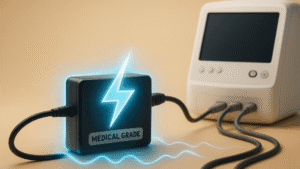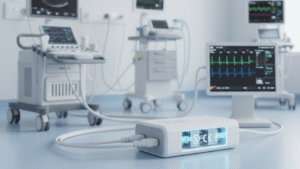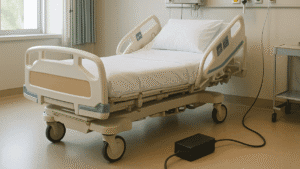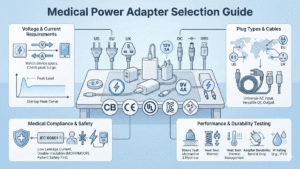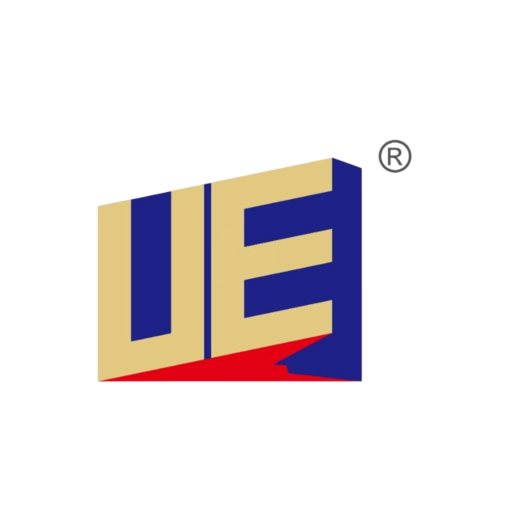1. Introduction: From the Weight of Legs to the Rebirth of Steps
When a person loses the ability to walk due to stroke, spinal cord injury, neurodegenerative disease, or severe trauma, what they face is not just physical limitations but also a deep sense of loss toward life, dignity, and even the future. A wheelchair provides mobility, but it cannot replace the profound meaning of standing upright. To stand is not only about physical height; it is also about psychological presence, social interaction, and human self-identity.
The emergence of rehabilitation medical exoskeletons has opened a door of hope for many patients. Through the integration of mechanical structures and intelligent control systems, they enable people to regain the steps once lost. Even if these steps are slow, awkward, and require assistance at first, the sparkle and tears in a patient’s eyes tell the real story—this is a rebirth of life.
Yet behind such a high-tech exoskeleton lies an often-overlooked but critical component: the power adapter. Without stable and reliable power, joints cannot move, sensors cannot sense, and control systems cannot compute. Just as the human body relies on blood circulation, the exoskeleton relies on energy circulation. The power adapter is its “lifeblood supplier.” If it fails, the entire dream collapses instantly.
Thus, the story of exoskeletons and power adapters is not only one of advanced technology but also one of humanity and hope.
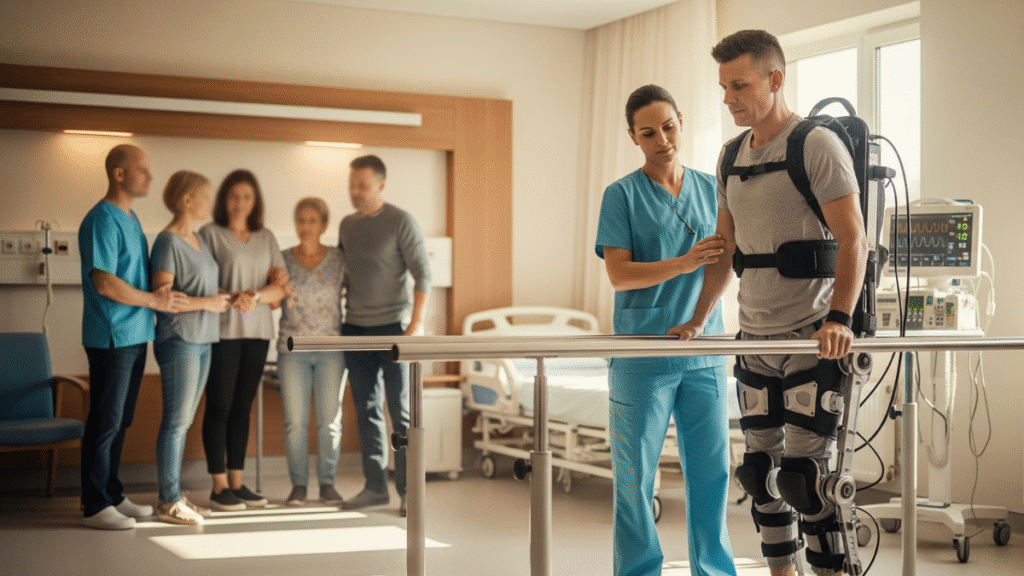
2. The Birth and Significance of Rehabilitation Exoskeletons
The word exoskeleton first emerged in the military and industrial domains, designed to augment soldiers and workers, enabling them to carry heavier loads and perform harder tasks. Early exoskeletons were bulky and expensive, far from entering the realm of healthcare.
In the early 21st century, with the advancement of materials science, sensor technology, artificial intelligence, and power systems, exoskeletons gradually moved into rehabilitation medicine. Their value can be summarized in several ways:
- Motor Re-learning Patients practicing gait training with exoskeleton assistance rebuild the neural pathways between the brain and muscles. The process is like a handshake being restored between the nervous system and the body.
- Psychological Healing The ability to stand again, to look family members in the eyes, to walk alongside friends, has profound psychological effects. Studies show that exoskeleton-assisted rehabilitation significantly reduces depression and increases life satisfaction.
- Improved Rehabilitation Efficiency. Traditional physiotherapy requires physical support from therapists, which is exhausting and inconsistent. Exoskeletons relieve therapists’ burden and provide standardized, prolonged training sessions.
- Pathway to Social Reintegration. For certain patients with better recovery, exoskeletons evolve beyond a clinical training tool into daily life aids, enabling partial independence at home or in the community.
Thus, rehabilitation exoskeletons are not just medical devices; they are a symbol of resilience, of science serving humanity, and of dignity restored.
3. The Technological Heart: Power and Control Systems
For exoskeletons to “replace legs,” they rely on highly complex technology. They are essentially wearable robots requiring seamless coordination with the human body. Key systems include:
- Actuation Modules: Motors and transmission systems mimic hip, knee, and ankle joints, delivering torque assistance.
- Sensor Networks: Inertial measurement units (IMUs), pressure sensors, and angle sensors collect real-time gait data.
- Control Algorithms: AI-driven logic predicts user intent, coordinating assistance for natural step patterns.
- Human-Machine Interfaces: Patients interact through crutches, handles, or even voice commands to control movements.
Yet, all these advanced systems share one prerequisite: power. Without reliable energy, the exoskeleton is nothing more than an empty shell.

4. The Role of the Power Adapter: A Silent Lifeline
The power adapter, though seemingly small, is irreplaceable in exoskeleton systems.
- Stable Output Motors require consistent voltage, especially during sudden start-stop transitions that draw surge currents. An unstable adapter may cause lags or even shutdowns.
- Safety Isolation Medical environments demand strict safety standards. IEC 60601 mandates isolation barriers to protect patients from electric shock risks.
- Low Electromagnetic Interference Rehabilitation wards host ECG machines and monitoring systems. Poorly designed adapters could disrupt other medical devices.
- Portability and Durability: Patients use exoskeletons not only in clinics but also at home. Power adapters must be lightweight, shock-resistant, and rugged.
The power adapter is like a silent “nurse” working around the clock, ensuring a steady energy supply for every therapeutic step.
5. Medical Standards and Safety Considerations
Unlike consumer electronics, medical-grade power adapters must comply with strict regulations:
- IEC 60601-1: General safety requirements for medical electrical equipment.
- Electromagnetic Compatibility (EMC): Prevents interference with nearby devices.
- Leakage Current Limits: Protects patients from accidental electric shock.
- Long-term Stability: Ensures continuous operation during extended rehabilitation sessions.
These standards exist so patients can place their trust in exoskeletons, focusing on recovery instead of worrying about electrical risks.
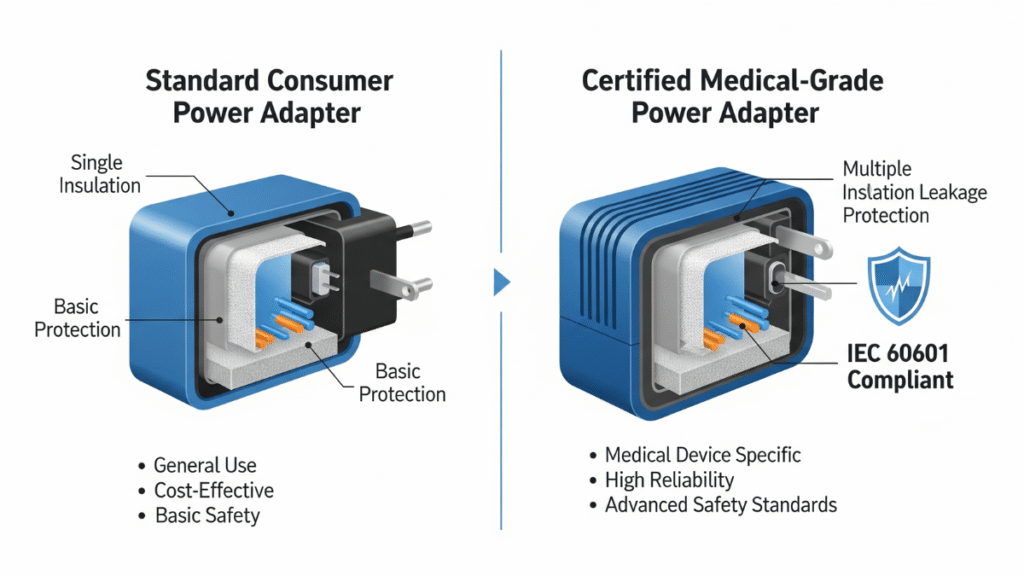
6. From the Patient’s Eyes: Hope, Challenge, and Psychological Renewal
To a patient, an exoskeleton is not just “a device.” It embodies hope.
- The Dignity of Standing One car accident survivor said: “When I stood again, even if only for three steps, I felt like I returned to the world instead of sitting in its corner.”
- Challenges and Struggles The first experiences are often uncomfortable—the weight of the device, the unfamiliarity of mechanical assistance. Patients must overcome fear, anxiety, and the urge to give up.
- Family and Social Support. Without the encouragement of loved ones, many would not persist. The exoskeleton becomes not only a medical tool but also a bridge reconnecting families.
7. Dialogue Between Clinicians and Engineers: Interdisciplinary Fusion
The development and application of exoskeletons rely on collaboration:
- Clinicians provide insights into rehabilitation needs and biomechanics.
- Engineers deliver motor control, AI algorithms, and power electronics.
- Together, they transform prototypes into real-world medical tools.
This partnership exemplifies how science and medicine converge for human benefit.
8. From Clinic to Home: Exoskeletons in Daily Life
As technology advances, exoskeletons are gradually leaving hospitals for homes.
- Home-use exoskeletons demand smaller, lighter, and more efficient adapters.
- Extended use requires longer battery life and fast recharging.
- Safety becomes paramount since patients may lack professional supervision.
Thus, power adapter design must include smart protections like overcurrent, overheating, and even IoT-enabled remote monitoring.
9. Global Perspective: Market, Policy, and Accessibility Challenges
Despite progress, hurdles remain:
- High Cost: Full exoskeleton systems often cost tens of thousands of dollars.
- Limited Insurance Coverage: Most healthcare systems have yet to include exoskeleton rehabilitation in reimbursement schemes.
- Low Penetration: Many rehabilitation clinics still lack access to such technology.
In this equation, the power adapter, though a small component, influences cost control significantly. Striking a balance between safety, quality, and affordability is crucial for widespread adoption.
10. Powering the Future: The Energy Path for Wearable Medical Devices
Future exoskeletons will become lighter and more intelligent, and energy systems must evolve accordingly:
- High-Density Batteries: Extending operation time with smaller form factors.
- Wireless Charging: Eliminating repetitive plug-ins, increasing ease of use.
- Smart Power Management: Algorithms optimizing energy consumption.
- Green Energy Integration: Sustainable power solutions for environmentally conscious healthcare.
In the future, power adapters may transform from “mere chargers” into intelligent energy hubs, managing data as well as electricity.
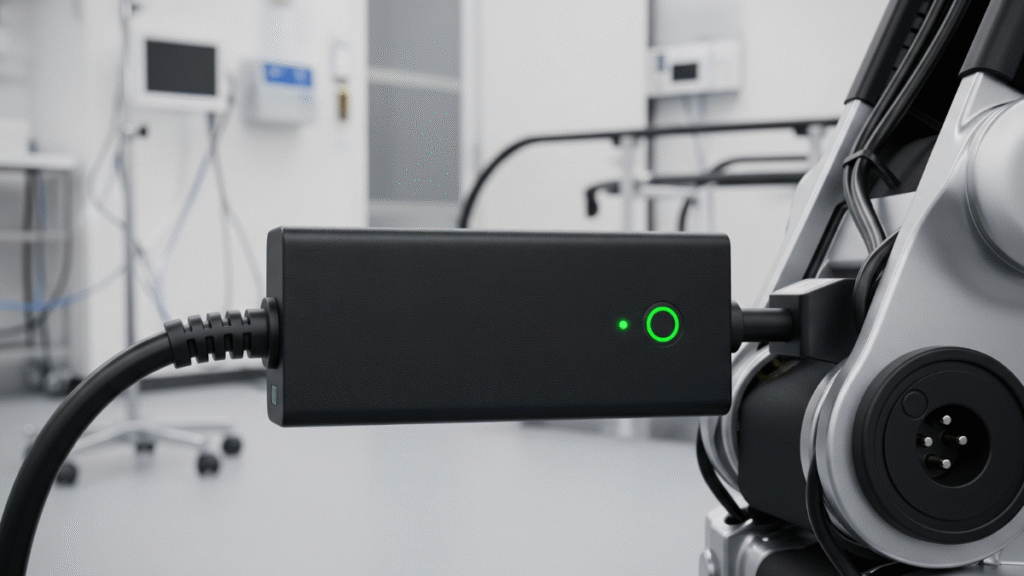
11. Technology and Humanity: When Machines Help Humans Walk Again
Technology alone is cold. When combined with humanity, it radiates warmth. Rehabilitation exoskeletons embody this union. They are not just motors, sensors, and steel frames—they represent the dream of walking again.
The power adapter, humble as it seems, is the foundation of this dream. Like a flame in a small oil lamp, it may be modest, but it lights the way forward.
Perhaps we can see it this way:
- The exoskeleton is humanity’s new pair of wings.
- The power adapter is the heart, pumping energy into those wings.
- But the true force propelling it forward is the patient’s will to live.
12. Conclusion: Every Step Is a New Beginning
The partnership of exoskeletons and power adapters is more than a fusion of medicine and engineering—it is the embodiment of technology and humanity intertwined. It allows patients to stand again, to take steps that symbolize dignity and new life.
Looking to the future, we can believe:
- With better power technology, exoskeletons will grow lighter and more accessible.
- With broader policy support, more patients will benefit from their promise.
- With family and social understanding, patients will walk not only in clinics but also in their communities.
Exoskeletons teach people to walk again, and power adapters ensure those steps are safe and reliable. Every step forward is the start of a new journey.

